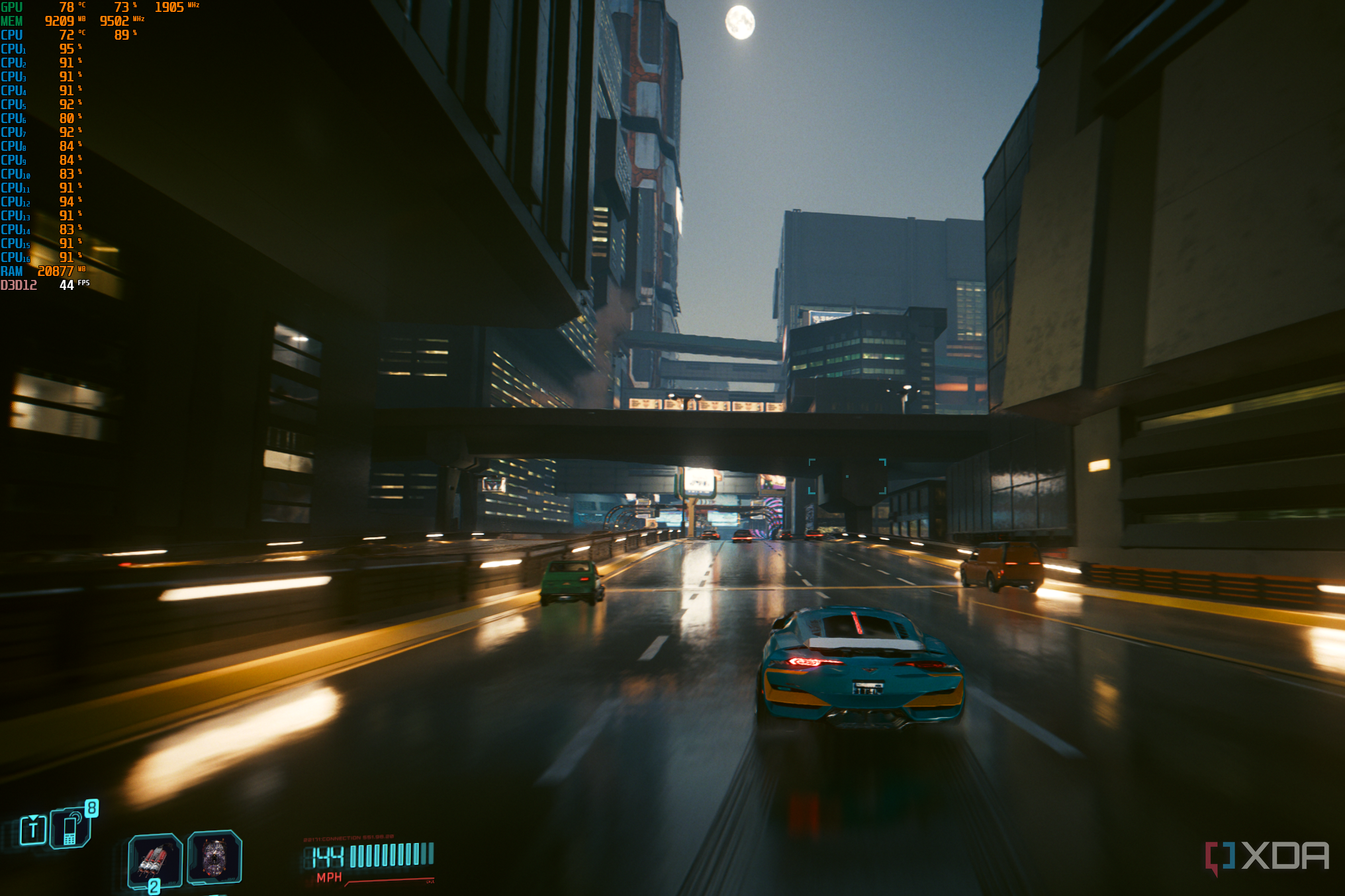Unlike a decade ago, it’s much easier to find authentic reviews, benchmarks, and advice on PC hardware. Still, some performance myths refuse to die, whether due to questionable forum posts or misinformation repeated in YouTube comments. Some users stick to long-held beliefs while others refuse to change their opinions in the face of overwhelming evidence. I’ve picked seven such PC performance myths that are still far too common in the community. You might be surprised to know that you believe in some of them yourself.
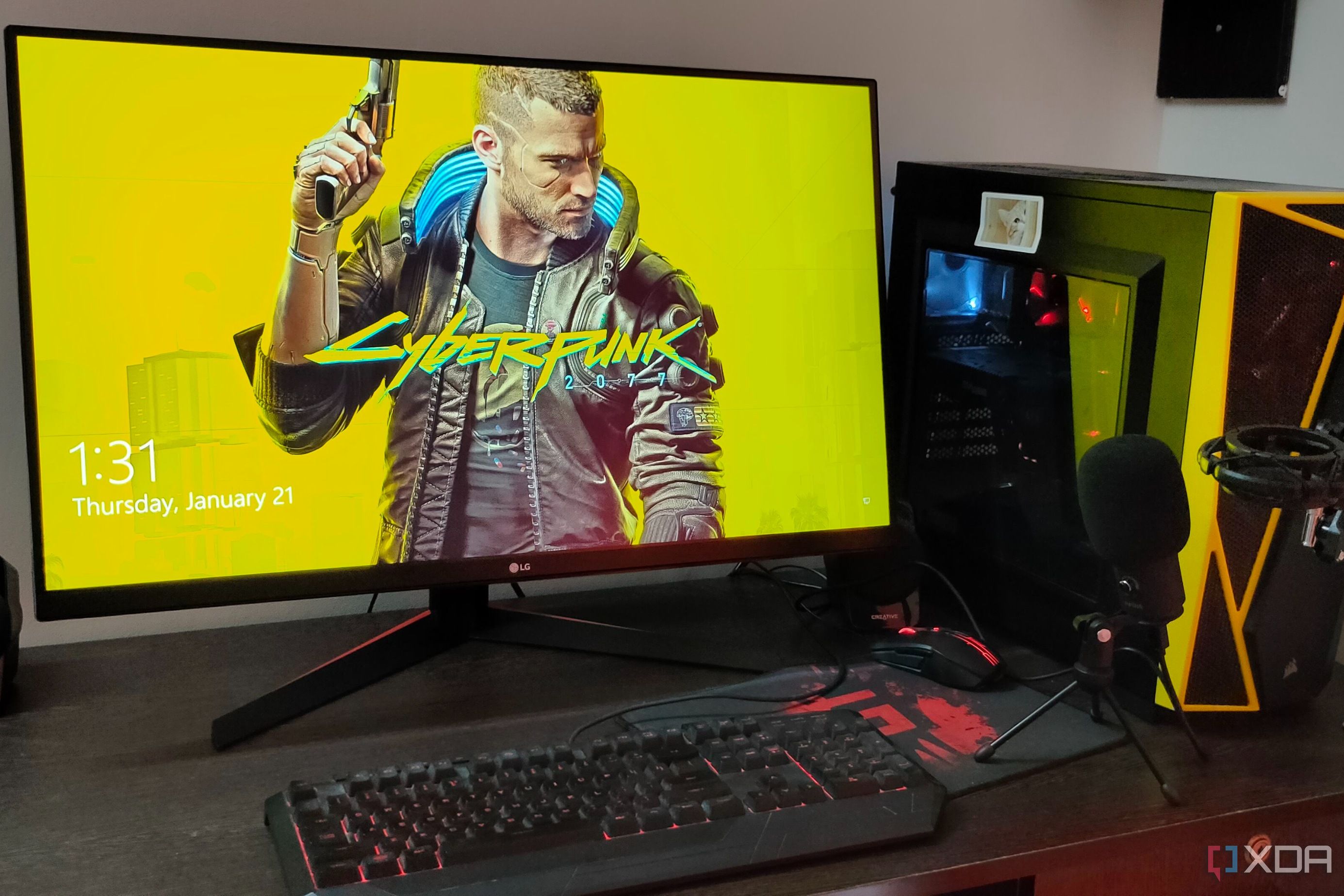
Related
5 PC gaming myths you might still believe (and shouldn’t)
When it comes to PC gaming, there are a lot of myths out there that might have deterred you.
7
High CPU temperature equals overheating
Your temps are probably normal
Each of us wants to prevent our PCs from overheating, but we should also learn to recognize the signs of CPU overheating. High CPU temps by themselves aren’t enough to conclude that something is wrong with your CPU cooler or case airflow. An overheating CPU refers to a chip that is running outside its normal operating temperature. Unless your CPU is thermal throttling or regularly hitting 90–95℃ in gaming, you probably don’t need to worry.
Modern processors are designed to run hotter than ever before due to automated boosting mechanisms that extract the most performance when needed. High CPU temperatures are the new normal. If you are oversensitive to high CPU temps, you can switch to a high-end air cooler or AIO liquid cooler to bring them down. That said, if your current hardware is capable of keeping your CPU under 80℃ during gaming, you don’t need to upgrade anything.
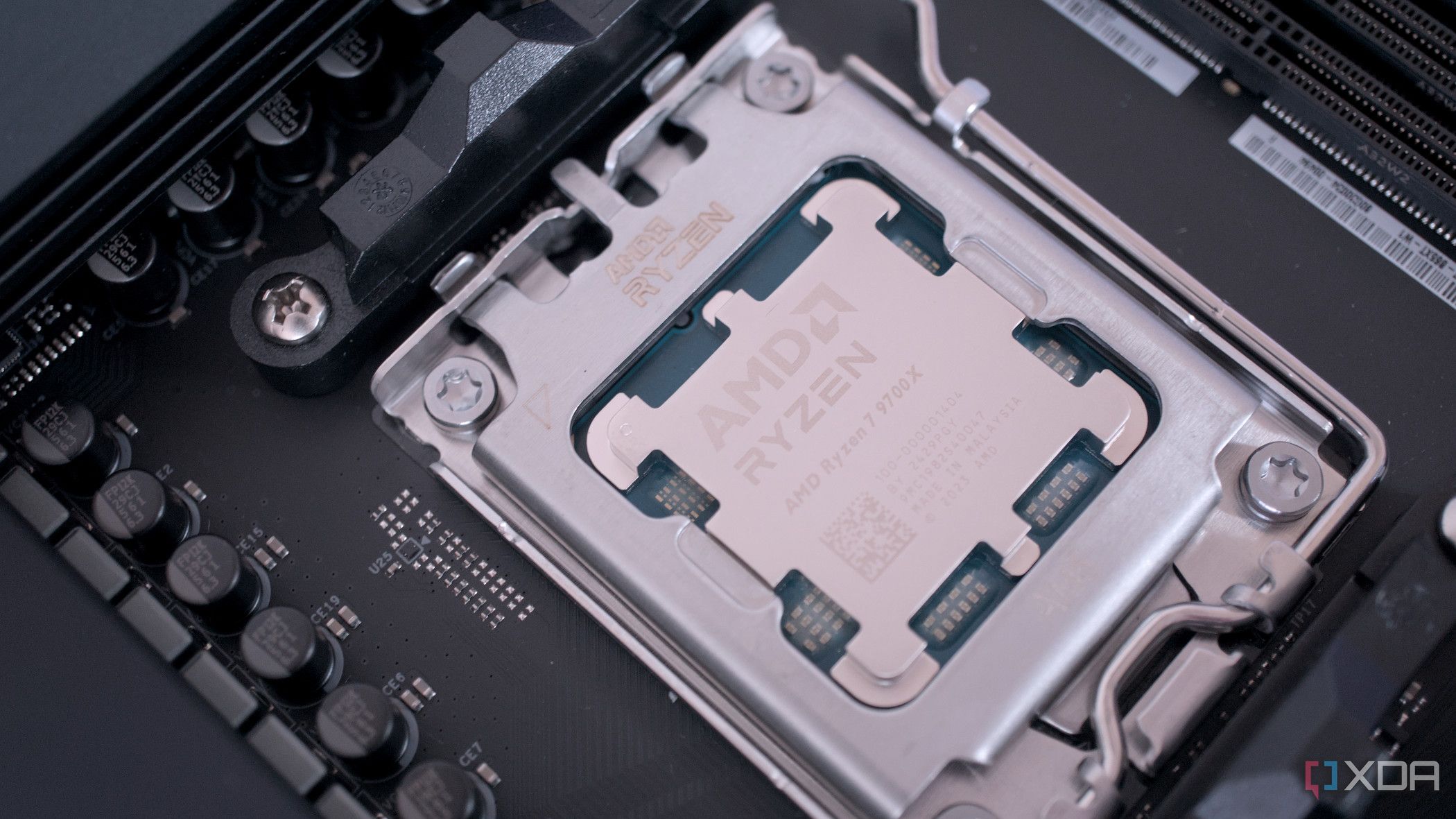
Related
6 reasons why you shouldn’t obsess over high CPU temperatures
It’s always hot and cold with CPUs
6
Disabling background programs drastically improves performance
Not anymore
You might come across various optimization guides asking you to disable background processes and applications to improve gaming performance. While these tips might have made sense in the days of Windows XP and Windows 7, they don’t produce nearly the same gains on modern operating systems. Windows 10 and Windows 11 are quite adept at reallocating system resources when you need them the most.
If you’re running a decent 6-core CPU manufactured in the last 5 or 6 years, along with at least 16GB of RAM, disabling a few background apps won’t give your games any significant boost. If your PC is already running a game comfortably over 60 FPS, squeezing out an extra 5 FPS won’t matter to you, especially if you’re sacrificing programs like Wallpaper Engine or SignalRGB in the process.

Related
How to optimize Windows 11 for gaming
PC gamers on Windows 11, take note
5
The fastest SSDs are necessary for high-end gaming
Not by a long shot
Of late, the influx of high-end PCIe 5.0 SSDs on the market has convinced many gamers that they need the fastest drives in their high-end gaming rigs. If someone is building a PC with an RTX 5080 and Ryzen 7 9800X3D, they might feel compelled to install a high-end Gen4 or Gen5 SSD, if only to “ensure maximum performance.” The truth is that, beyond one point, your SSD doesn’t affect your PC’s performance in any way, at least not for most people.
SSDs are necessary to enjoy fast loading times and an overall snappy system, but once you have a decent Gen3 NVMe SSD on your PC, you won’t gain anything by upgrading to a fancier, more expensive SSD. A faster SSD doesn’t improve your gaming FPS (not until DirectStorage is widely adopted) and doesn’t even improve loading times beyond one point. So, even if you’re building a high-end PC, you don’t need a Gen5 or a high-end Gen4 SSD to make the most of your hardware. A budget or mid-range Gen4 SSD is all you need.
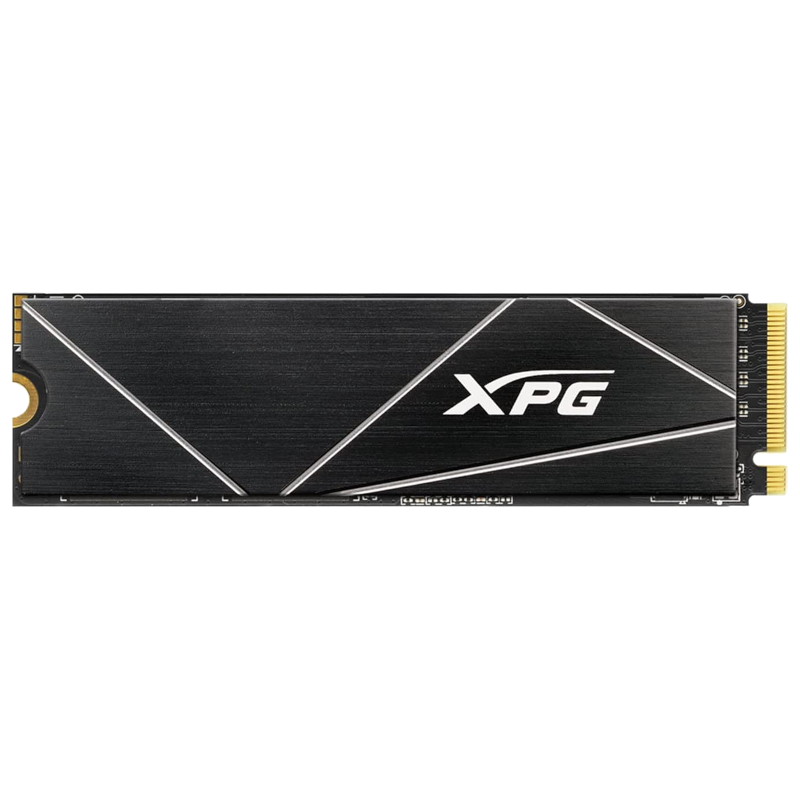
XPG GAMMIX S70 Blade 2TB
The 2TB version of XPG’s GAMMIX S70 Blade SSD is lightning-fast with speeds of up to 7,000MB/s. If you’re on the hunt for a drive to store your OS, games, and then some, we’d recommend upgrading your PC today.

Related
3 reasons why you still don’t need a PCIe 5.0 SSD
Don’t waste your money
4
The faster the RAM, the better
More MT/s aren’t always better
It seems logical, doesn’t it? Gaming performance should increase in step with RAM speed. If you upgrade from, say, a 6,000 MT/s kit to an 8,000 MT/s kit, your PC should render significantly more FPS. Sadly, that doesn’t happen in the real world. Besides running into diminishing returns beyond 6,000-6,400 MT/s, faster memory kits create more problems than they solve.
Jumping from DDR4 RAM to DDR5 RAM is worth the expense, but switching to one of the blazing-fast DDR5 kits is mostly a waste of money. Besides, memory kits faster than 6,000 MT/s for AMD systems and 7,200 MT/s for Intel systems aren’t stable in most cases. You either have to use the default JEDEC speeds or stick to the slower XMP/EXPO settings. Similar to SSDs, you don’t need the fastest or most expensive memory kits for your high-end gaming PC; pick a popular 6,000 MT/s kit, and you’re good to go.
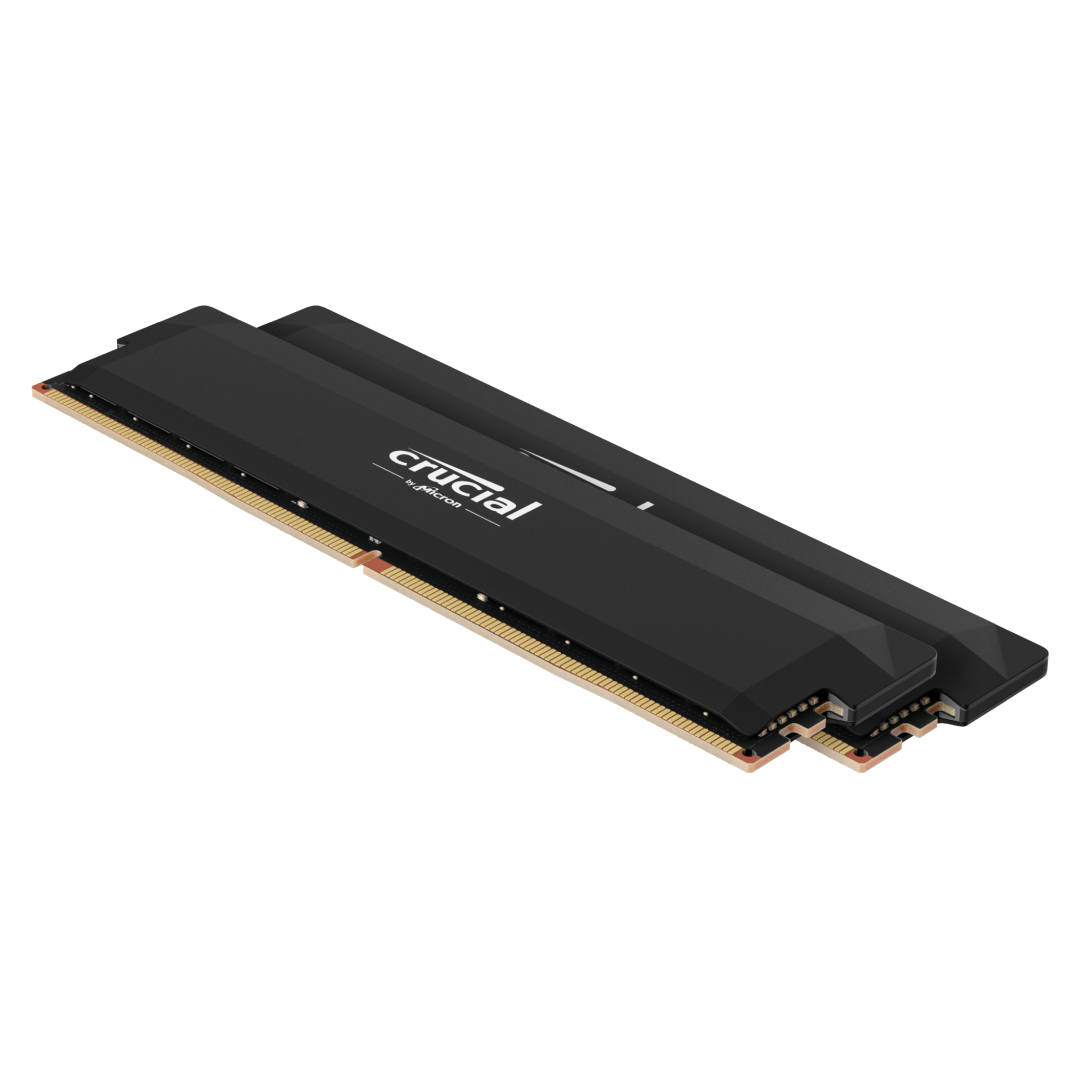
Crucial Pro Overclocking DDR5-6000 kit (2x16GB)
$95 $105 Save
$10
The Crucial Pro Overclocking DDR5-6000 kit offers a sweet spot of performance for any gaming PC.
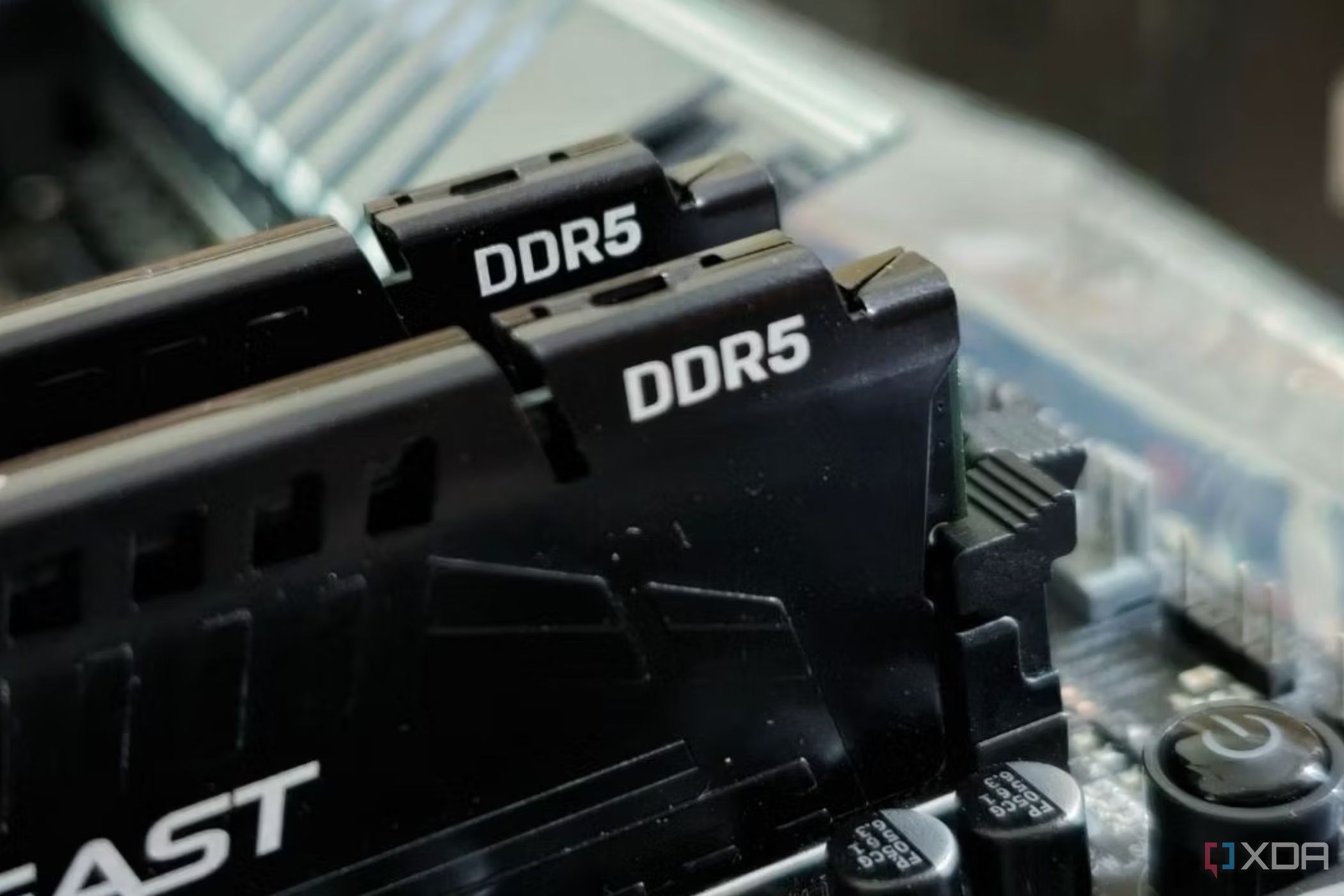
Related
4 reasons why high-end RAM doesn’t always mean better gaming
Faster RAM doesn’t improve FPS as much as you think
3
More cores equal better CPU performance, period
As always, it depends
High-core-count CPUs generally equate to better performance, but it is heavily dependent on what you’re doing with them. For instance, running video editing, 3D rendering, or other productivity workloads will usually benefit from as much CPU horsepower as you can throw at them. Gaming, however, doesn’t utilize multi-core CPUs as well as you’d hope. Beyond 6 cores, you start running into diminishing returns in gaming performance, unless the game is heavily CPU-dependent.
Another aspect to consider is that many gamers now game at 1440p instead of 1080p, a resolution at which games are more GPU-dependent than CPU-dependent. Even if you swap your CPU for a chip with 8 or 12 cores, you won’t see a meaningful jump in FPS. Of course, AMD’s Ryzen X3D CPUs are an exception to the rule, since they utilize 3D V-Cache to boost performance to new heights.
8-core CPUs have some benefits over 6-core chips in gaming, such as better frame time and performance in certain edge cases, but overall, 6-core CPUs are enough for gaming even in 2025.

AMD Ryzen 5 7600
AMD’s Ryzen 5 7600 offers six-core performance at an affordable price. Capable of boosting up to 5.1GHz, this 65W chip is a mighty package with an efficient architecture for any gaming PC.

Related
3 simple reasons you still don’t need an 8-core CPU for gaming
Yes, you still don’t need 8 cores for gaming in 2025
2
GPU usage below 99% equals a CPU bottleneck
Relax, your CPU-GPU combo is fine
PC gamers scared of bottlenecks are extremely worried about matching their CPU and GPU to avoid leaving any performance on the table. While a weaker CPU can bottleneck a stronger GPU, interpreting low GPU usage as a CPU bottleneck isn’t always accurate. You might be used to your GPU utilization staying at 99% most of the time, so when you see it drop to, say, 95% or below, you might conclude that your CPU is the culprit.
In reality, GPU utilization can fluctuate as you move from one environment to the other during a gaming session. Hence, a temporary drop in the GPU usage counter doesn’t mean anything most of the time. Even if you’re seeing a consistent GPU usage of around 90% or lower, the CPU might not be the reason; it could be slower RAM or an unoptimized game engine. Even then, you don’t need to rush for a hardware upgrade; a slight bottleneck doesn’t mean you’re holding your GPU back significantly.
Although 99% GPU utilization is ideal, as you want your GPU to be used to the maximum, a slight drop isn’t the end of the world.
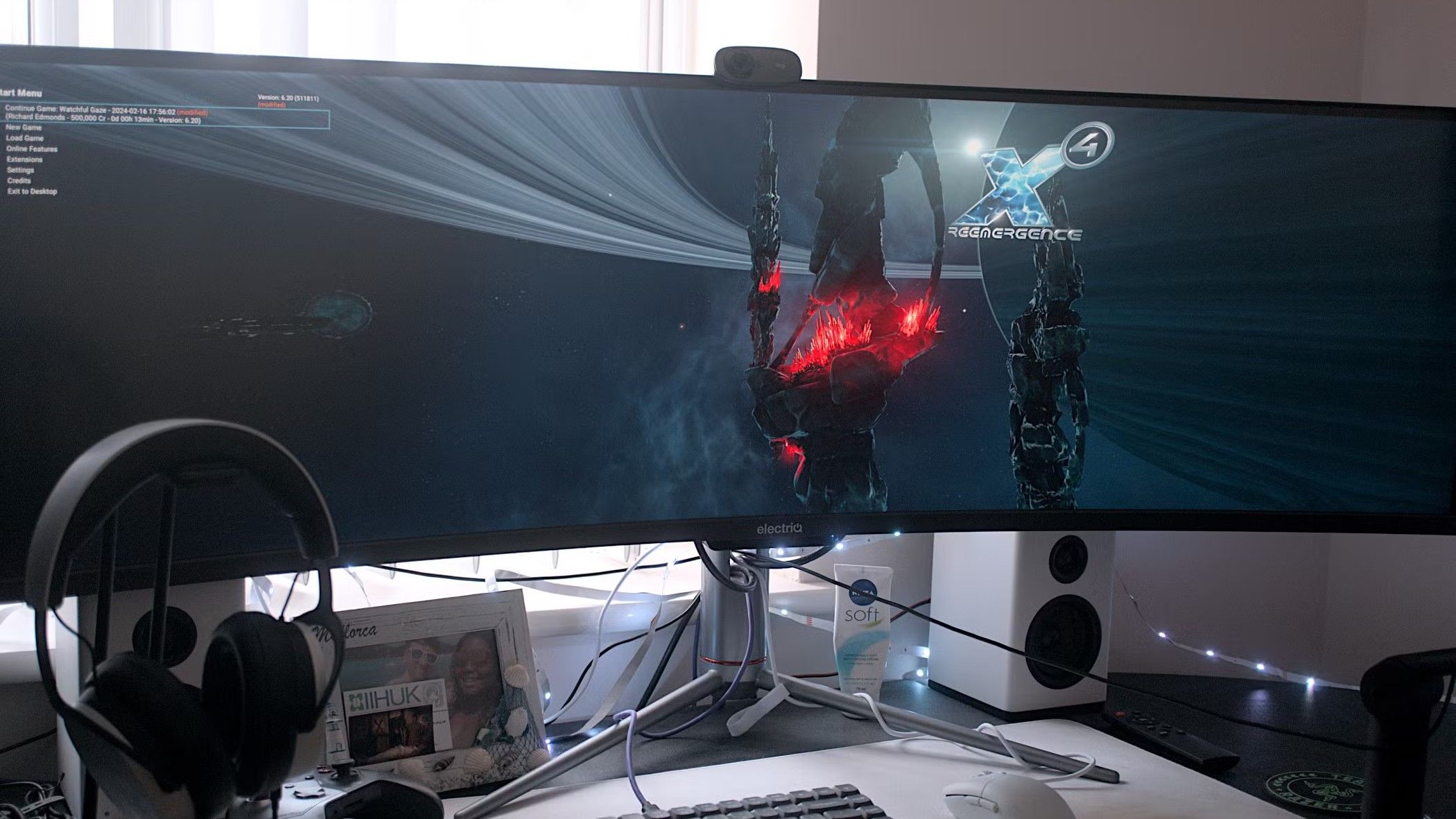
Related
5 things you still get wrong about CPU and GPU benchmarks
Time to bust some gaming benchmarking myths
1
Affordable GPUs can’t play the latest games
You’d be surprised
Owing to all the marketing by Nvidia and AMD, and the hype surrounding the latest and greatest graphics cards, it’s easy to assume that you need to spend a lot to play the latest titles. The fact is, however, that if you exclude a handful of uber-demanding, next-gen titles with crazy ray tracing requirements, even budget GPUs can power high-refresh 1440p gaming today.
Take Intel’s Arc B580, for example. It’s a fantastic 1440p GPU, and it costs only $250 (at MSRP). A few months ago, it was unthinkable that a sub-$400 graphics card could offer a great 1440p gaming experience. Even the old RTX 3060 is enough for Indiana Jones and the Great Circle, delivering 60+ FPS at both 1080p Very Ultra and 1440p Very Ultra settings (without ray tracing turned on).
Sure, the GPU market is in disarray right now due to scalper prices, inflated MSRPs, and paper launches, but once things stabilize, you can buy a great GPU at affordable prices, without sacrificing performance in most titles.
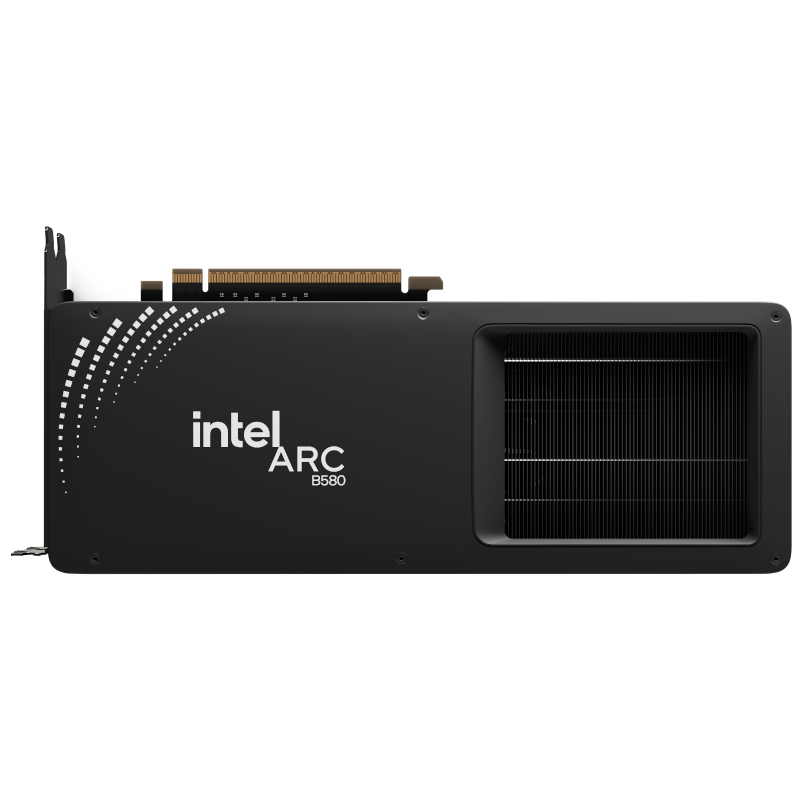
Intel Arc B580
The Intel Arc B580 is one of the launch GPUs for Intel’s second-gen graphics card family. Rocking a new architecture, generational performance improvements, and the same budget-friendly price, this is the GPU to buy for affordable 1440p gaming.
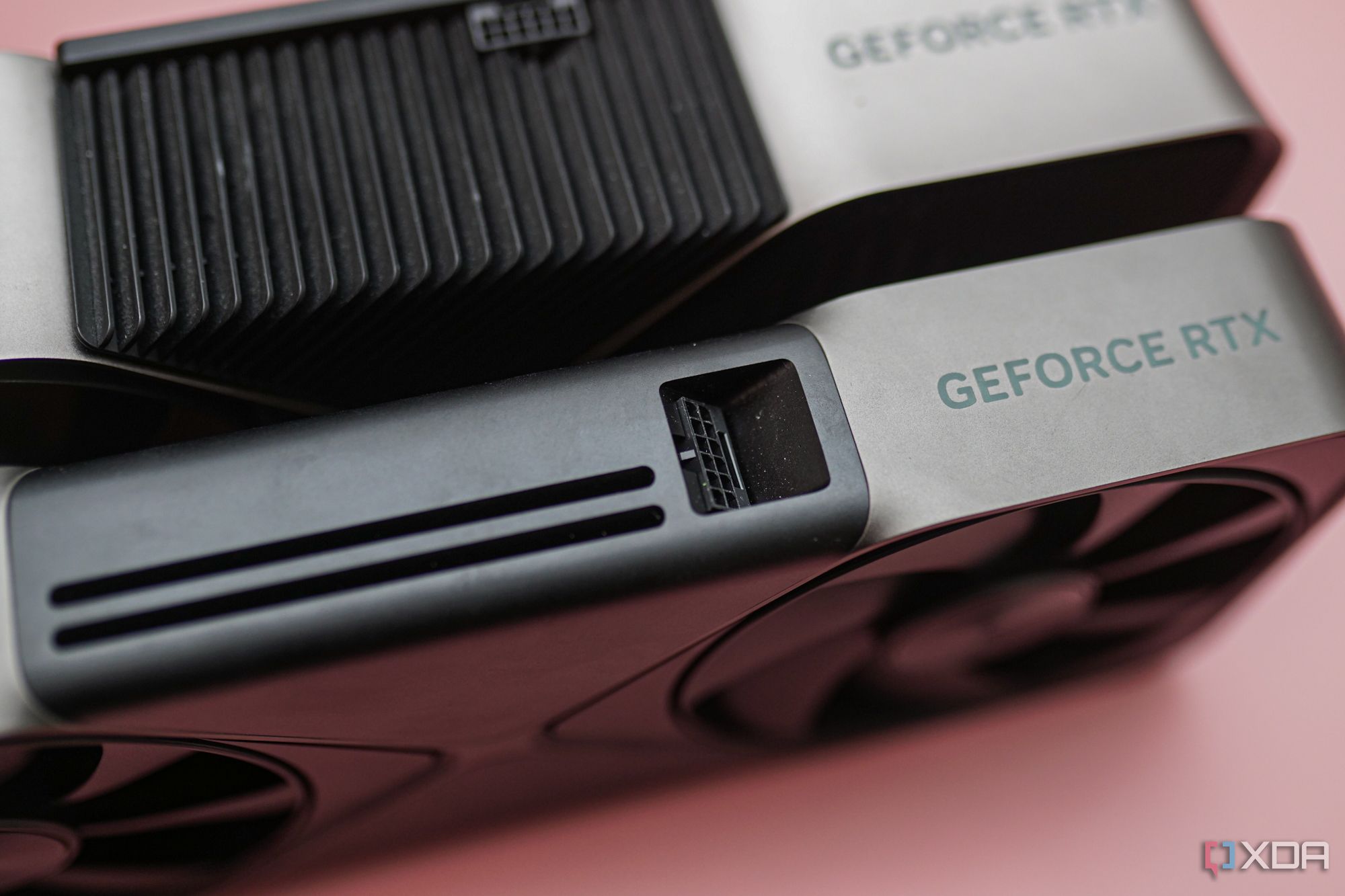
Related
5 reasons high-end gaming doesn’t need high-end GPUs anymore
Budget and mid-range GPUs are finally enough for everyone
Some myths refuse to die
PC performance myths have a long shelf life. They thrive in forum posts, YouTube comments, and persistent beliefs. Often, evidence isn’t enough to bust these myths, and you just need to let them run their course. Hopefully, once enough people shun these myths, we will see a cascading effect that kills these myths forever. Thankfully, many consumers are aware of the most common CPU, GPU, RAM, and SSD myths; not UserBenchmark, though. They’ll continue to live in their blue-colored Intel bubble.




